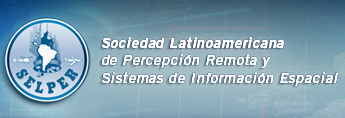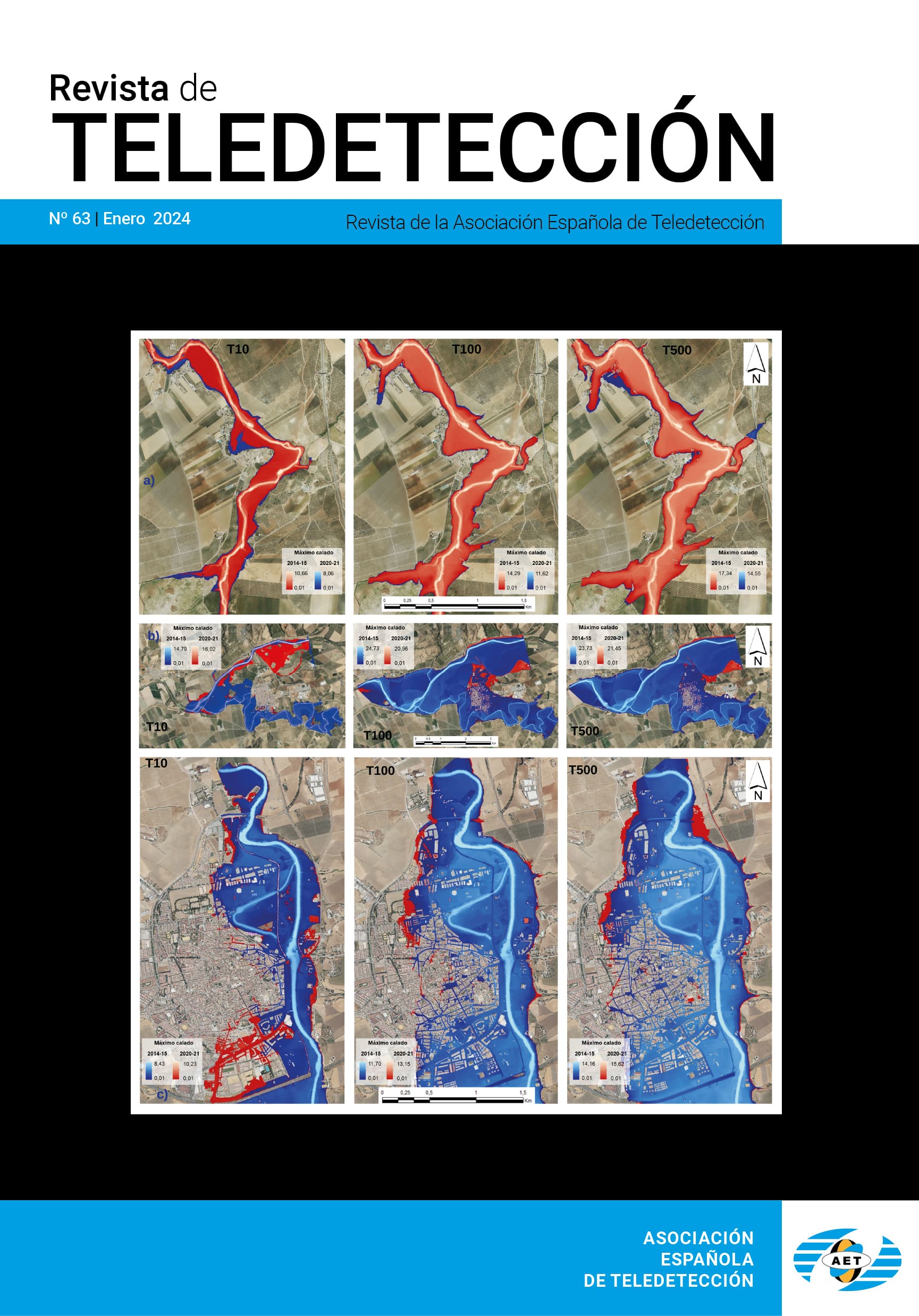Evaluación mediante teledetección del efecto de canalizaciones sobre el humedal del Saladillo, Argentina
C. López (clopezmanyluk@gmail.com)
RESUMEN
Los humedales son ecosistemas naturales cuya dinámica está determinada principalmente por la presencia de agua. Generalmente se los identifica como áreas que se inundan temporariamente donde el agua subterránea aflora en la superficie, o con áreas con suelos de baja permeabilidad que permanecen cubiertos por agua poco profunda. El agua, por lo tanto, juega un rol fundamental en la determinación de su estructura y funciones ecológicas. Los datos provistos por imágenes satelitales son una herramienta apropiada para analizar humedales y los cambios ocurridos en ellos a lo largo del tiempo. Los Bañados del Saladillo son un complejo de humedales en el centro de Argentina, de gran importancia para la preservación de aves acuáticas. Estos bañados han sufrido profundos cambios por el avance de la agricultura y las canalizaciones realizadas para mitigar el efecto de inundaciones en el sudeste de la provincia de Córdoba de este país. El objetivo del trabajo fue conocer la condición histórica y presente de los Bañados del Saladillo, y analizar los efectos de las canalizaciones sobre los mismos. Se estudiaron 6 imágenes satelitales que se clasificaron con ENVI 4.8, representando la estación seca y húmeda en tres períodos: previo a las canalizaciones (1996); posterior a las canalizaciones (2004-2006); período reciente (2010-2011). Éstas fueron seleccionadas de acuerdo a las precipitaciones acumuladas en 6 meses previos para que fueran comparables. El área de lagunas se redujo entre un 70% (estación húmeda) y un 33% (estación seca). Los mayores cambios observados en la estación húmeda se reflejaron también en la reducción del número de lagunas (40%), la variabilidad de su tamaño (66%), el perímetro de las mismas (28%) y el incremento de la distancia entre ellas. Más allá de la mitigación de las inundaciones, las canalizaciones favorecieron el avance de la agricultura sobre áreas históricamente inundadas en la estación lluviosa, poniendo en riesgo la persistencia de este importante humedal del sudeste de Córdoba en el centro de Argentina. Los resultados obtenidos representan una herramienta útil al momento de tomar decisiones para el manejo y conservación de estos relictos de hábitat natural y su biodiversidad.
Palabras Clave: Cobertura del suelo, SIOSE, CLC, Iberpix, modelo jerárquico, validación.
ABSTRACT
Wetlands are natural ecosystems whose dynamics is mainly determined by the presence of water. They are generally identified as temporarily flooded areas where groundwater emerges at the surface, or areas with low permeability soils that remain covered by shallow water. The water, therefore, plays a key role in determining the structure and ecological functions of wetlands. Data provided by satellite images are an appropriate tool for analyzing wetlands and their changes over time. The Saladillo Wetlands are a complex of marshlands in the centre of Argentina, of great importance to the preservation of birds. These marshes have suffered profound changes caused by the advancement of agriculture and channels made to mitigate the effects of flooding in the southeast of the province of Cordoba in this country. The objective of our work was to know the historical and present condition of the Saladillo Wetlands, and to analyze the effects of the channelization on them. We studied six satellite images classified with ENVI 4.8. These images represented the dry and the wet season into three periods: prior to the channelization (1996), after the channelization (2004-2006); and recent period (2010- 2011). They were selected according to the accumulated rainfall during the previous 6 months to make them comparable. The pond area was reduced by 70% (wet season) and 33% (dry season). The major changes observed in the wet season also reflected in the reduction in the number of ponds (40%), the variability of their size (66%), the perimeter of flooded areas (28%) and an increasing the distance between ponds. Beyond the flood mitigation, the channelization favoured the advancement of agriculture on areas historically flooded in the rainy season, threatening the persistence of this important wetland of the southeast of Cordoba in central Argentina. Our results represent a useful tool for the management and conservation of these remnants of natural habitat and biodiversity.
KEYWORDS: advance of the agricultural frontier, biodiversity conservation, channelization, remote sensing, Saladillo Wetlands.
PULSE AQUI PARA DESCARGAR EL ARTÍCULO COMPLETO








